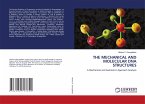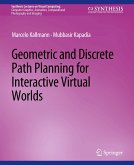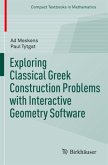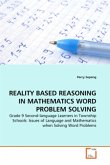It is proof which sets mathematics apart from the
empirical sciences, and forms the foundation of our
mathematical knowledge, yet students often fail to
understand the purpose of proof, they are unable to
construct proofs, and instead readily accept
empirical evidence or the authority of textbooks or
teachers. This research focuses on the role of
mechanical linkages (devices based on systems of
hinged rods) and interactive geometric software as
cognitive bridges between empirical justification and
deductive reasoning. The provision of motivating
contexts was found to foster conjecturing and
argumentation, during which the eighth grade students
in the project engaged in sustained deductive
reasoning in support of their conjectures and
achieved high levels of success with geometric proof.
Mechanical linkages and their dynamic geometry
computer simulations were shown by this research to
be highly suitable contexts for bridging empirical
and deductive reasoning.
empirical sciences, and forms the foundation of our
mathematical knowledge, yet students often fail to
understand the purpose of proof, they are unable to
construct proofs, and instead readily accept
empirical evidence or the authority of textbooks or
teachers. This research focuses on the role of
mechanical linkages (devices based on systems of
hinged rods) and interactive geometric software as
cognitive bridges between empirical justification and
deductive reasoning. The provision of motivating
contexts was found to foster conjecturing and
argumentation, during which the eighth grade students
in the project engaged in sustained deductive
reasoning in support of their conjectures and
achieved high levels of success with geometric proof.
Mechanical linkages and their dynamic geometry
computer simulations were shown by this research to
be highly suitable contexts for bridging empirical
and deductive reasoning.








